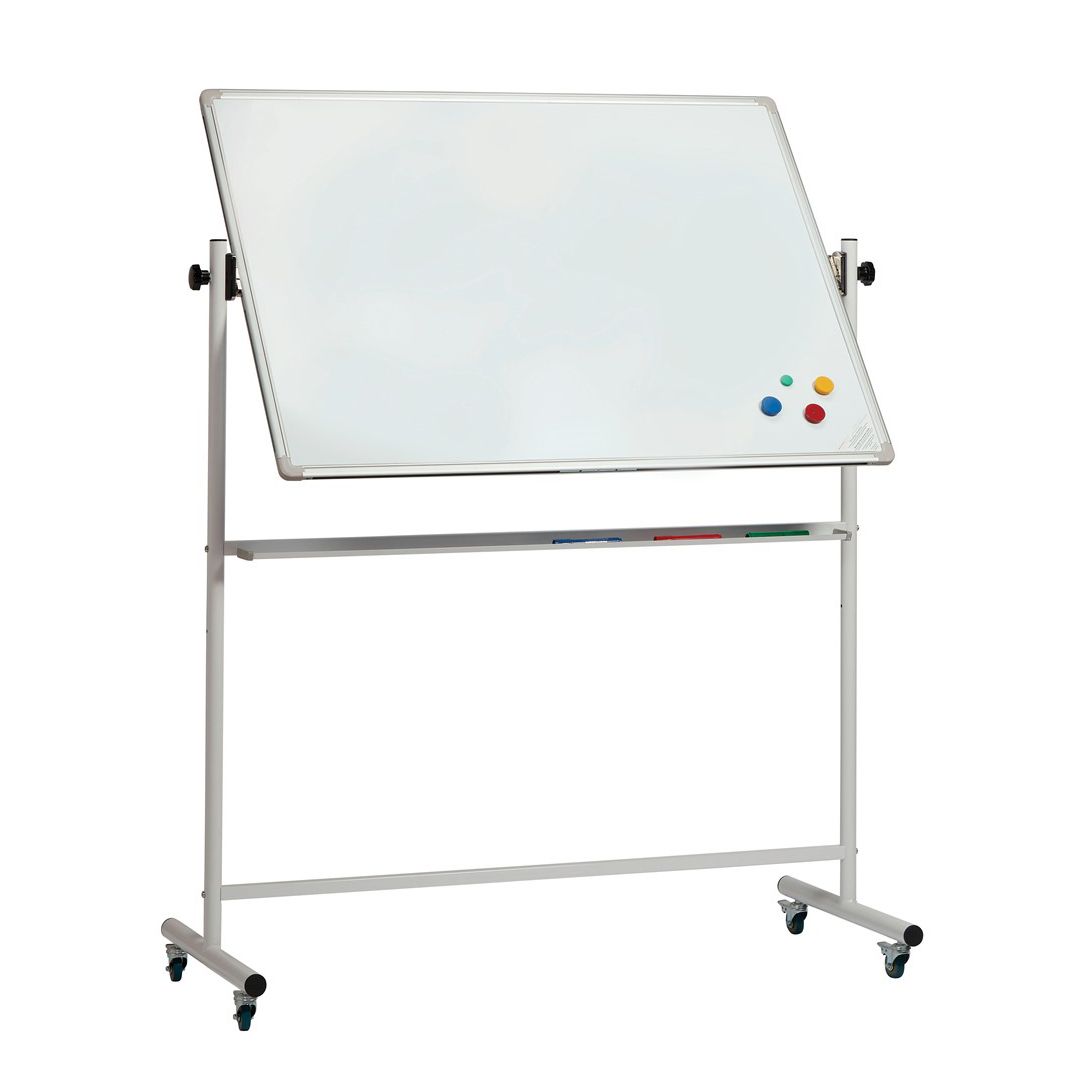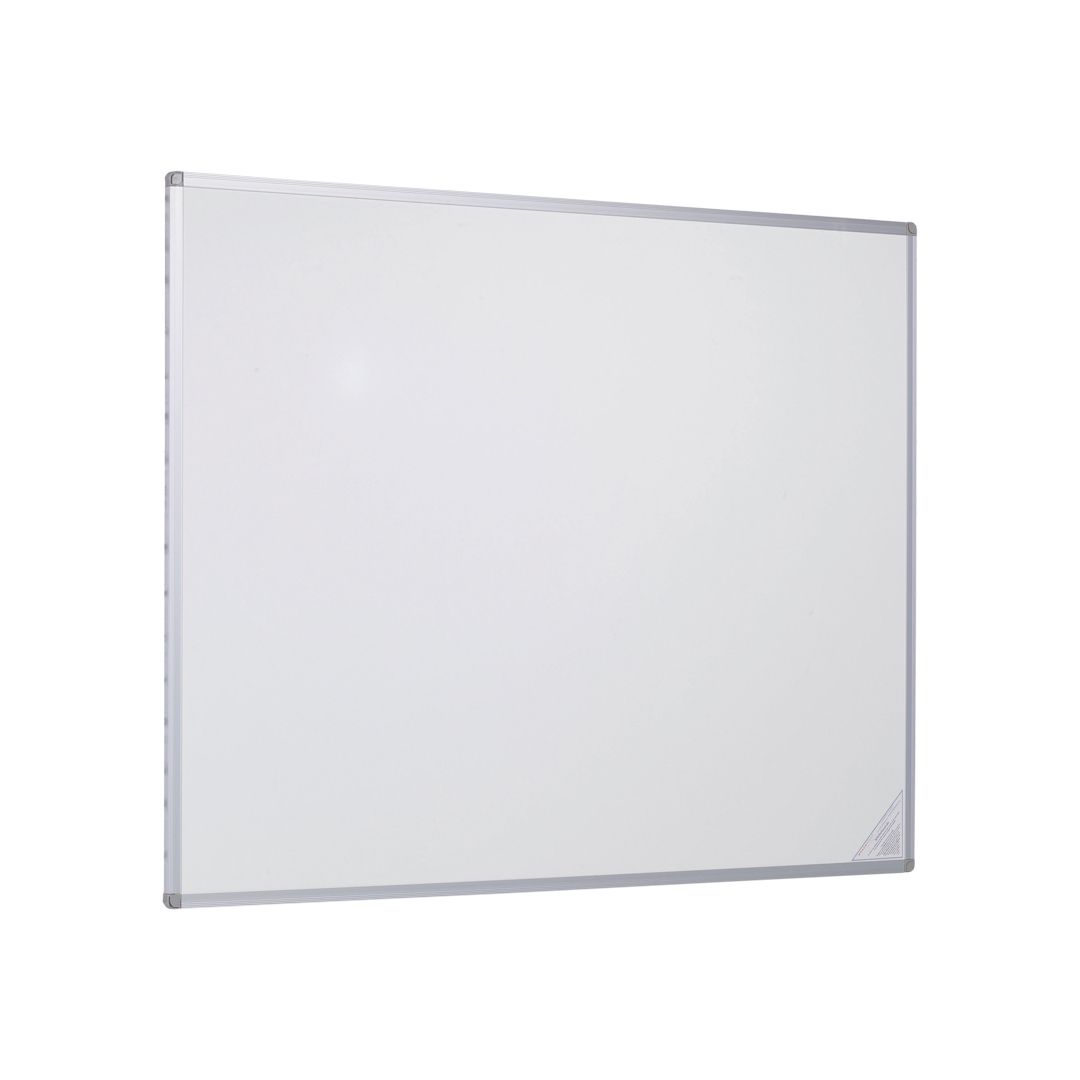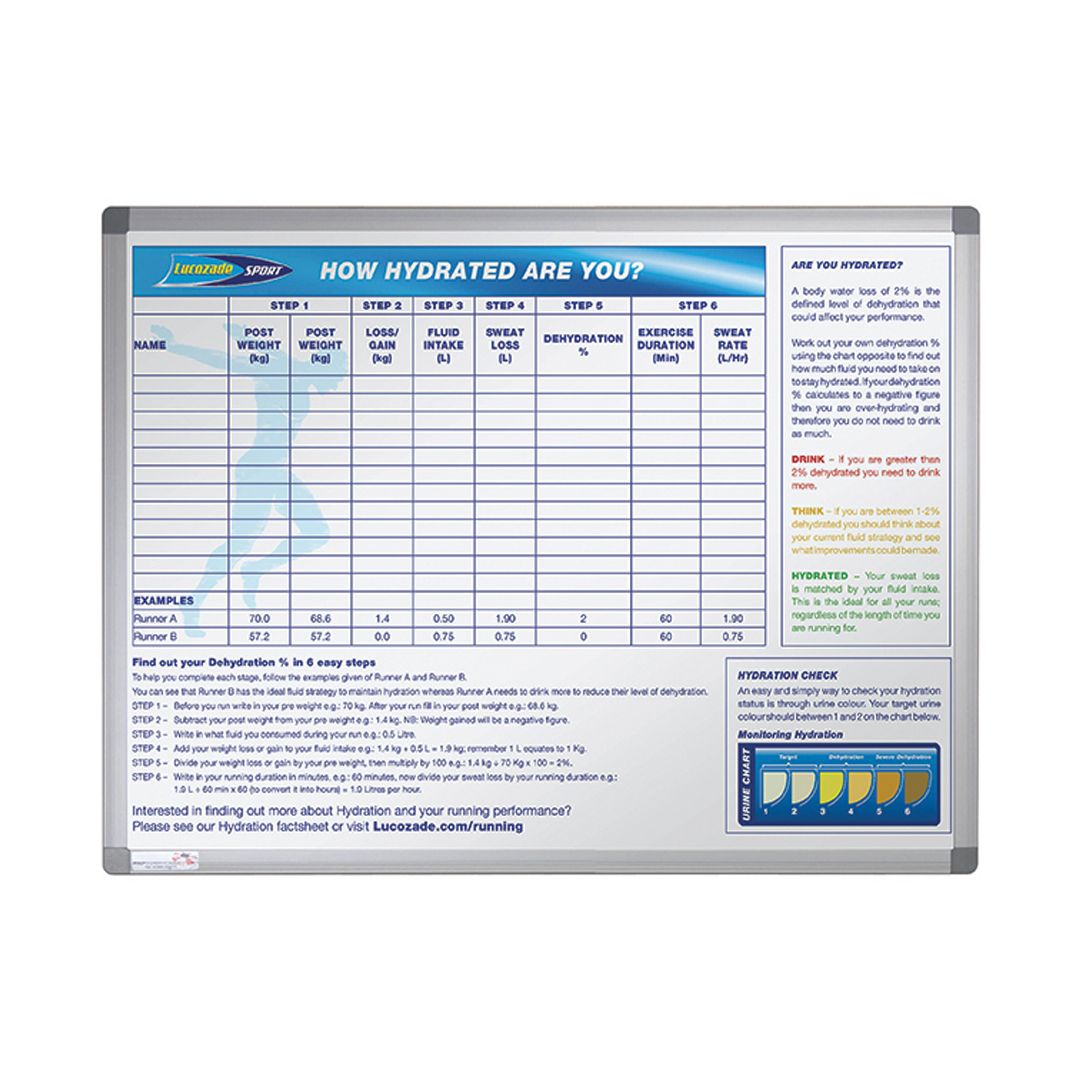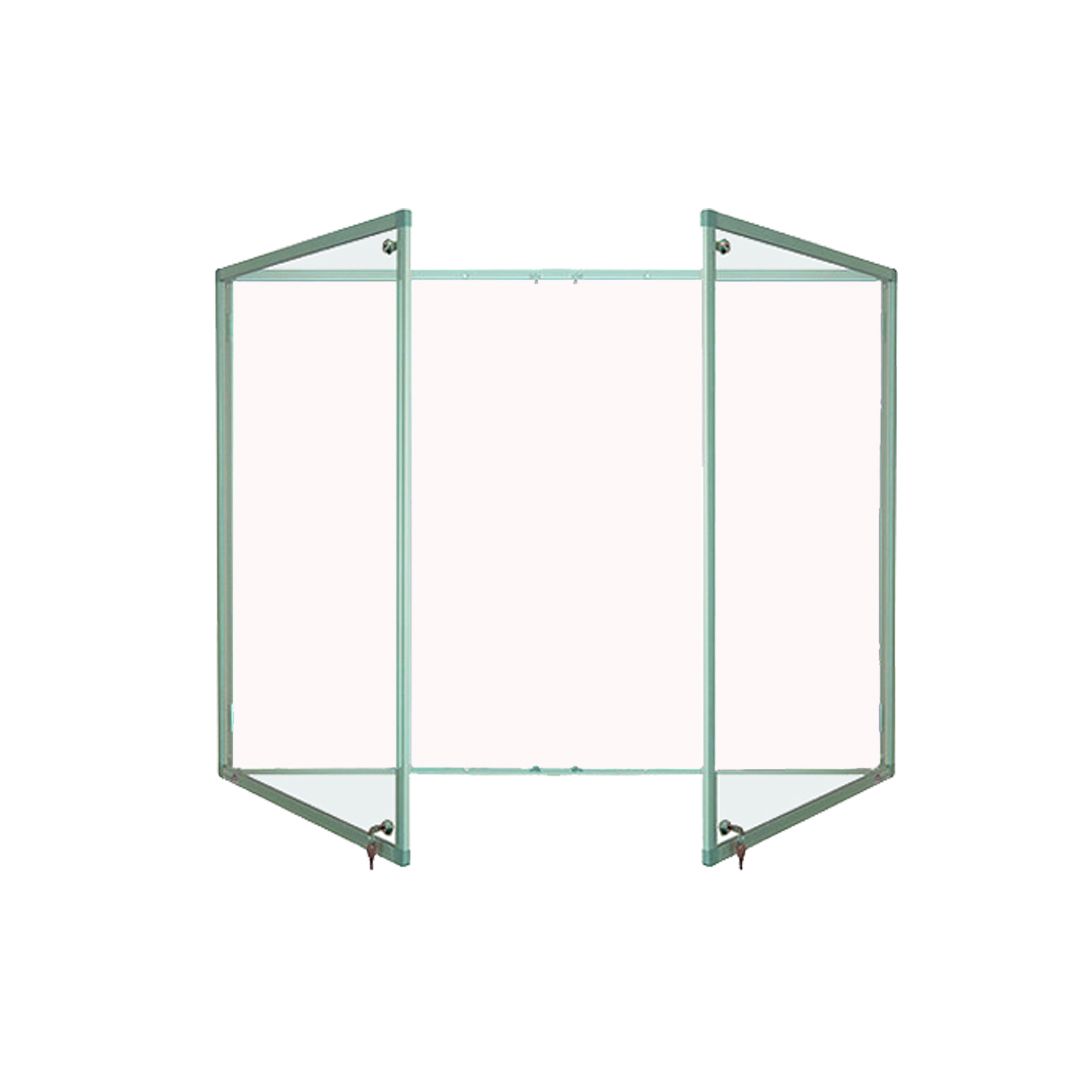Using Whiteboards in the Classroom
Whiteboards are a staple in classrooms around the world, but their potential goes far beyond simple note-taking and lecture outlines. When used creatively, whiteboards can become powerful tools for engaging students, fostering collaboration, and making learning more interactive. Whether you’re teaching math, science, language arts, or social studies, here are 10 innovative ways to utilise whiteboards in your classroom.
1. Interactive Brainstorming Sessions
- How It Works: Start your lesson with a brainstorming session where students can freely contribute ideas. Write a central topic on the whiteboard and invite students to come up and add their thoughts, keywords, or questions related to the subject.
- Why It’s Effective: This encourages active participation, promotes creative thinking, and helps students see the connections between different ideas.
2. Group Problem-Solving Activities
- How It Works: Divide the class into small groups and assign each group a section of the whiteboard. Give them a complex problem to solve, whether it’s a math equation, a science puzzle, or a critical thinking scenario. Afterward, have each group explain their solution to the class.
- Why It’s Effective: This fosters collaboration, allows students to learn from one another, and encourages them to think critically and work as a team.
3. Daily or Weekly Learning Goals
- How It Works: Dedicate a portion of the whiteboard to listing daily or weekly learning goals. Update it regularly with what you plan to cover, what students should aim to achieve, and any upcoming deadlines.
- Why It’s Effective: This helps students stay organised, gives them a clear understanding of expectations, and motivates them to take ownership of their learning.
4. Interactive Storytelling
- How It Works: For language arts or creative writing lessons, use the whiteboard to collaboratively create a story. Start with an opening sentence, then invite students to take turns adding sentences or ideas. You can also illustrate parts of the story as you go along.
- Why It’s Effective: This engages students in creative writing, enhances their storytelling skills, and encourages them to think on their feet.
5. Concept Mapping and Diagrams
- How It Works: Use the whiteboard to create concept maps or diagrams that visually represent complex ideas. For example, in a history class, you might map out the causes and effects of a major event, or in science, the parts of a cell.
- Why It’s Effective: Visual representations help students understand and retain complex information, and they can easily refer back to the diagram throughout the lesson.
6. Quick Assessments and Quizzes
- How It Works: Use the whiteboard for quick, informal assessments. Write a question on the board and have students write their answers on mini whiteboards or pieces of paper. Alternatively, you can have them come up to the board and write their answers.
- Why It’s Effective: This provides immediate feedback, helps you gauge student understanding, and can be a fun, competitive activity if done in teams.
7. Student-Led Teaching
- How It Works: Encourage students to teach a concept or topic to the class using the whiteboard. Assign them a subject ahead of time and let them prepare a short lesson that they’ll present, using the whiteboard to illustrate key points.
- Why It’s Effective: Teaching others is one of the best ways to learn, and this activity builds students’ confidence, public speaking skills, and reinforces their understanding of the material.
8. Vocabulary Building
- How It Works: For language classes, dedicate a section of the whiteboard to new vocabulary words. As you introduce new words, write them on the board along with definitions, synonyms, and example sentences. Leave space for students to add their own sentences using the new words.
- Why It’s Effective: This reinforces vocabulary learning, helps students see the words in context, and encourages them to actively engage with new language.
9. Rotating Stations
- How It Works: Set up rotating learning stations around the classroom, each with its own mini whiteboard. Students rotate through each station, completing tasks or answering questions. They can write their responses or solutions on the whiteboard at each station.
- Why It’s Effective: This keeps students moving and engaged, allows them to explore different aspects of a topic, and promotes hands-on learning.
10. Classroom Polls and Surveys
- How It Works: Use the whiteboard to conduct quick polls or surveys. For example, after a lesson, ask a question related to the topic and let students mark their answers directly on the board. This could be a yes/no question, a multiple-choice, or a scale of understanding.
- Why It’s Effective: This activity is a great way to gauge student opinions, check comprehension, and make the classroom more interactive and fun.
Shop all whiteboards
Looking to order with an invoice?
If you're part of the NHS or a school you can order via invoice.
Open our webchat to find out more
Looking for a quote?
Contact our sales team to request a quote today. If you looking to order 5+ of the same item, we may be able to offer you a discount.
Open our webchat to request a quote today
Shopping
Contact
-
Display Boards Direct
-
6 Old Hall Barns
-
Thurston Road
-
Pakenham, Suffolk
-
IP31 2NG



